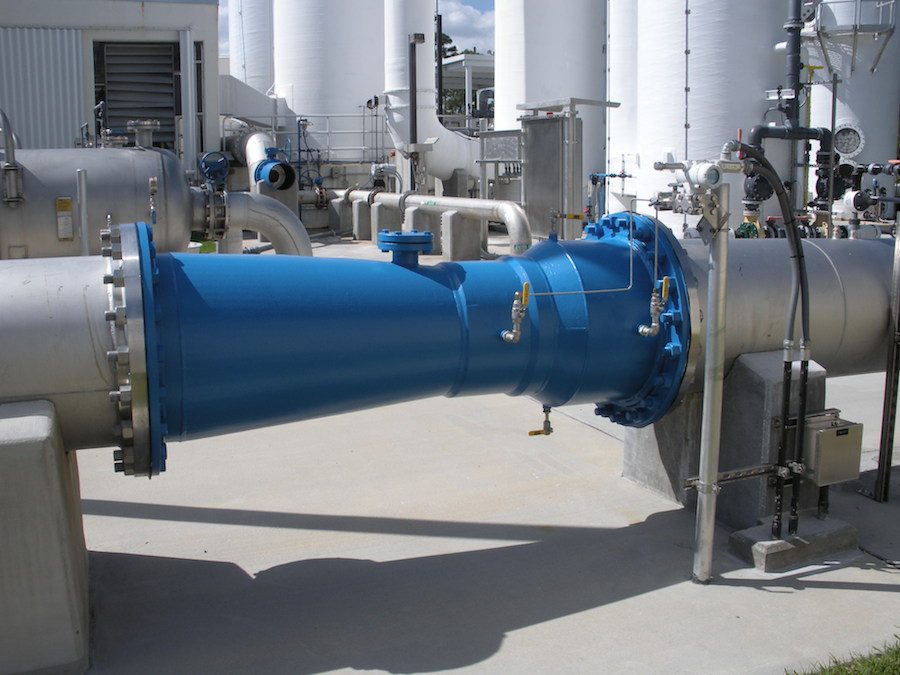Flow meters or sensors are devices used to determine linear or nonlinear flow rates. They are used to measure mass or volumetric flow rates of liquids or gases. Coriolis Flow Meters are essential in companies because they can help define the company’s profits or losses.
Here are provide details for different types of flow meters. Each flow meter measures a different type of application. The specific use tells what type of flow meter to be used. Among the different types of flow meters is Coriolis.
Table of Contents
Coriolis Flow Meters

This flow meter type is one of the most popular flow meters. They are known to be very accurate and reliable. These Coriolis flowmeters are the best meters for any application that needs high accuracy. Coriolis flowmeters always measure mass flow rates.
The flowmeter measures mass. But the ongoing measurement of density makes it able to calculate the volumetric flow rate. You can depend on these flowmeters due to their accuracy. They are not affected by any disturbances or swirls. This flexibility makes Coriolis flowmeters operate anywhere in a pipe as long as the pipe is straight.
The most significant disadvantage of flow meters is their high cost. The cost is even higher for big pipes. Coriolis flowmeters also have a problem measuring low-density liquids.
Main strengths of Coriolis flowmeters
- · Coriolis flow meters take direct measurements of mass flow rates. These measurements are very accurate and reliable.
- · They can measure a wide range of fluid. It can measure fluid with high viscosity, liquid to solid, liquid to gas fluids, and can also measure high-pressure gases with enough density.
- · These flow meters do not need straight pipes when they are installed. It can measure fluids that are vortex and those that are not uniform.
- A change in the liquid’s thickness will not affect the measured value in these flow meter types.
- The measured value is also not affected if the density of fluid changes.
- It can measure thick fluids. They can measure crude oils, heavy oils, and residual oils.
Coriolis flowmeters have fewer disadvantages compared to their advantages. The following are some of its few disadvantages.
Disadvantages of Coriolis flowmeters
- These flowmeters have poor stability. This affects the accuracy of the flow meter.
- We are cannot be used to measure low-pressure gases.
- Accuracy for Coriolis flowmeters can be affected by corrosion and wear of the wall.
- When measuring liquids that have high saturated pressure, the pressure loss may be high.
Orifice Flow Meter

Orifice flow meters are among the most popular meters. These flow meters are widely used in production industries. An orifice plate has a hole in it. This plate is placed in the flow, and it measures the differential pressure.
This flow meter type is widely used because it has a simple shape and is easy to manufacture. An orifice flow meter is used in clean water, gases, and steam. You can also use this flow meter to measure the flow rate of liquid in the pipe. When the orifice plate is installed in a pipe, it makes a differential pressure of the liquid that flows in it. This differential pressure is linked to the flow rate.
Venturi Flow Meters

Venturi flow meters measure a large volume of fluids with little pressure. These flow meters measure fluids in a straight pipe. Venturi flow meters recover pressure better than the orifice plate. Flow rate is determined by measuring the differential pressure between the cone’s upstream side and the throat. The signal is then given for the flow rate.
The pressure loss for venturi flow meters is low. You can use these flow meters to measure clean, dirty, and thick liquids like oils. Due to their high pressure and energy recovery, these flow meters can measure small pressures.
Ultrasonic Flow Meters

These flow meters can measure liquids, solids, and gases. Its ability to measure these substances enables it to measure the flow rates of liquids in a pipe. The ultrasonic signal will be sent to the pipe at a certain angle, then the time taken by the signal to reach the other side is measured.
Vortex Flow Meters

Vortex flowmeters are also known as oscillatory flow meters. They measure fluids that flow in bluff objects. The speed of these flow meters is directly related to the velocity flowing through the channel. Vortex flow meters are mostly used in the flow of steam.
Thermal Flow Meter

Thermal flowmeters are used to measure the flow of gas and liquids. This type of Thermal flowmeters does not depend on density, pressure, and viscosity. This flow meter uses a heated sensing element that is separated from the channel where the liquids flow. The steam conducts heat from the sensing part. This conducted heat is directly related to the mass flowing rate.
Magnetic Flow Meters

This flow meter uses Michael Faraday’s law of induction. This law says that the energy will be created when a conductor moves over a magnetic field. In this case, the liquid is a conductor, which creates a magnetic field when the fluid flows. The energy that will be produced is directly related to the rate at which the liquid is flowing. The energy will be detected by two electrodes that are fixed in the walls of the pipe. Magnetic flowmeters measure corrosive fluids and slurries as well.
Conclusion
Flow meters are essential in industries. After buying a flow meter, make sure to use it for an intended purpose. Find an expert who will train you on installation and maintenance. If you use a flow meter where it is not supposed to, the results tend to be inaccurate. The flow meter types above will help you while looking for one.

